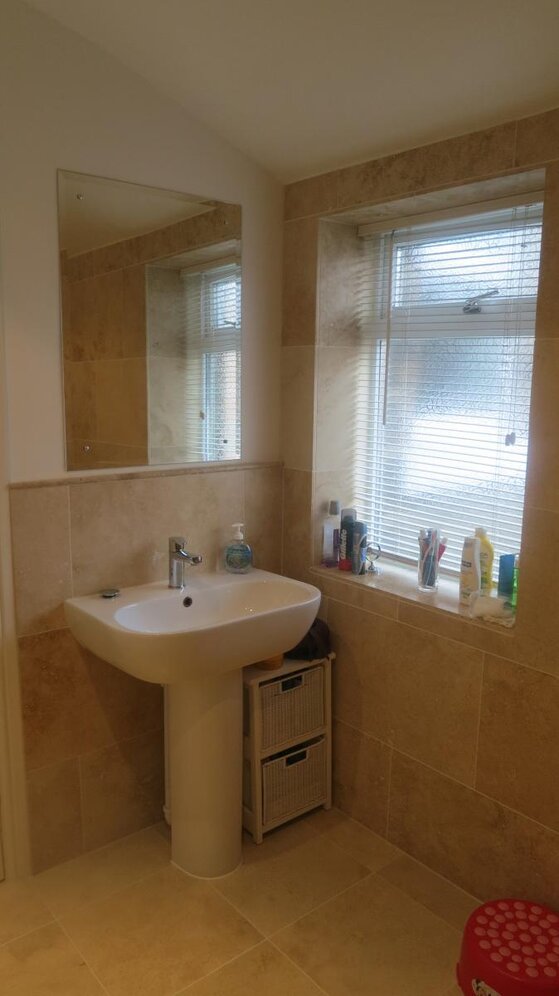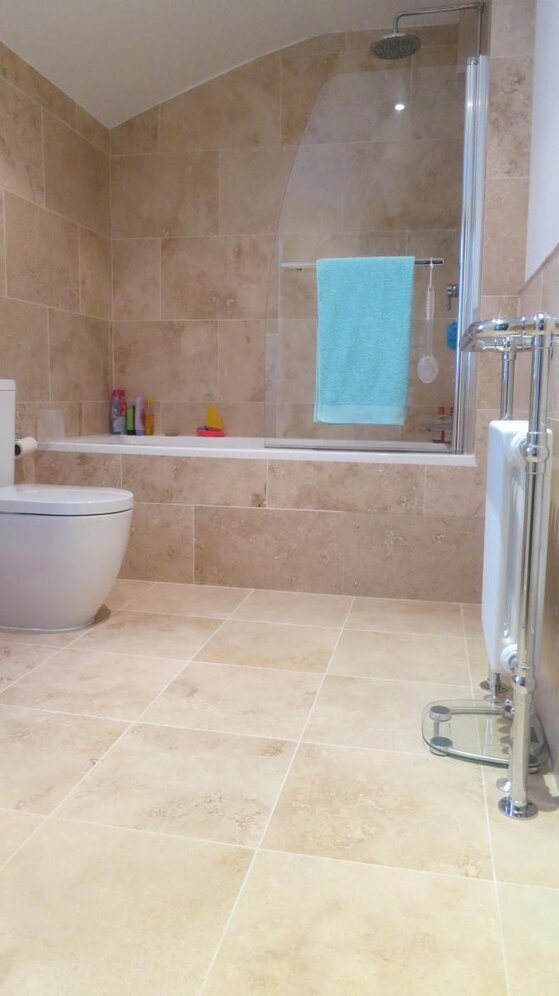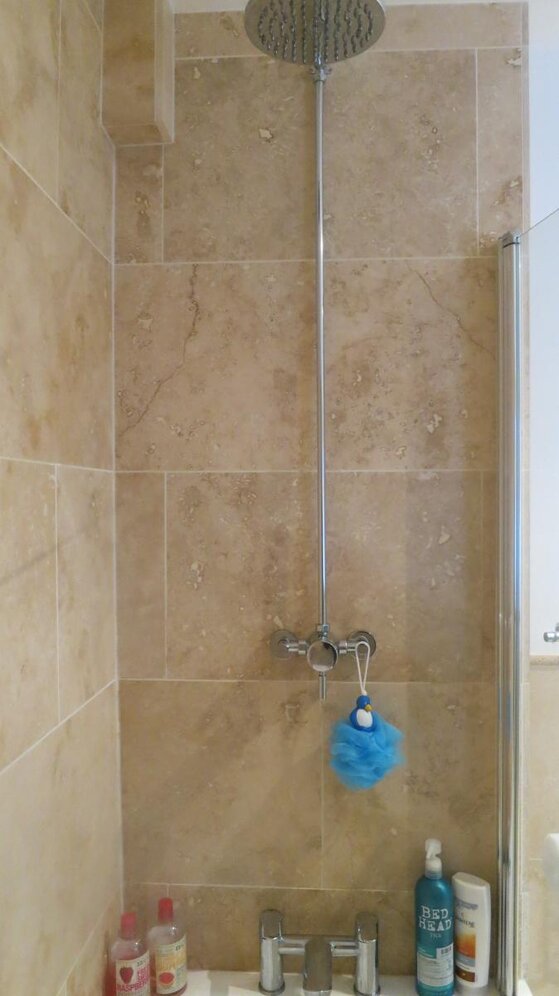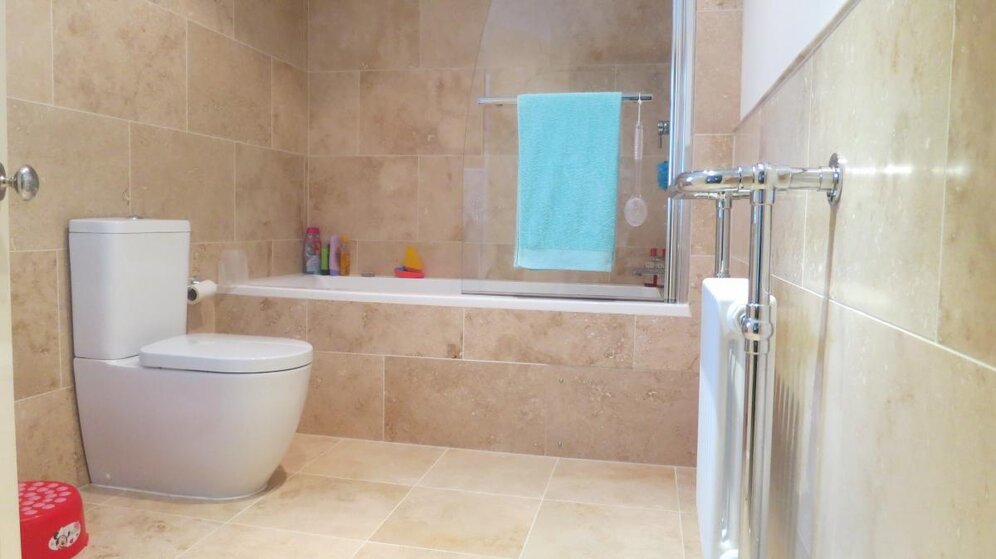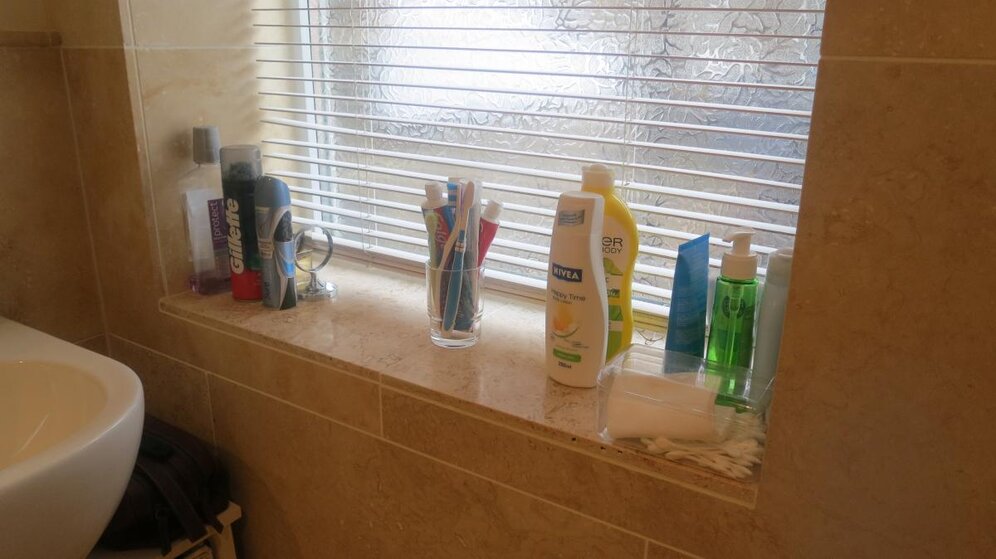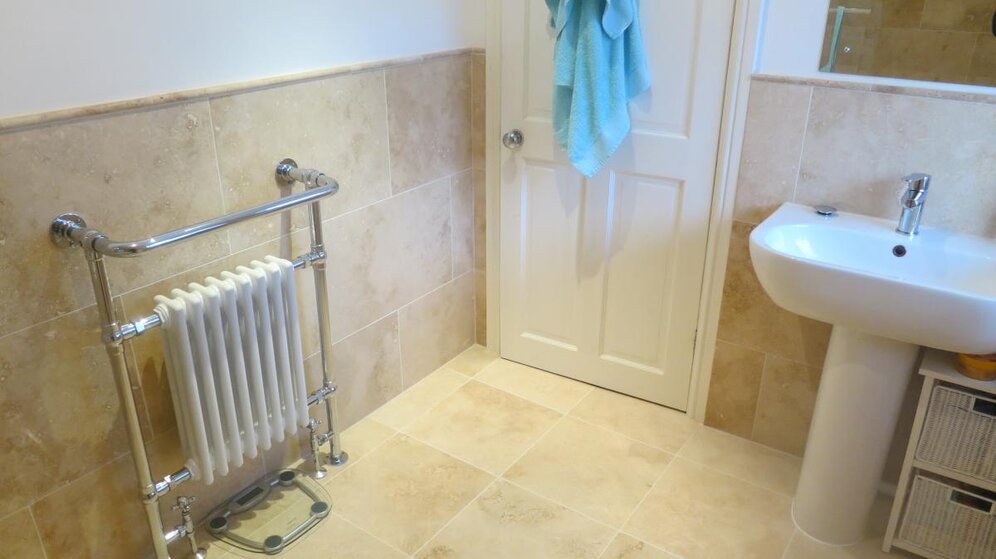B
Beags
Hi everyone,
I'm a couple of weeks away from beginning my first tiling job in my bathroom. I've been searching this site for several days now and have a few ideas but there's just so much to absorb and I would be really grateful for some clarity.
I'd like to be able to give something back but at the moment I'm all questions - one day I hope!
My plan for my 10ft by 7ft victorian terrace bathroom is as follows....
Thank you very much
Chris
I'm a couple of weeks away from beginning my first tiling job in my bathroom. I've been searching this site for several days now and have a few ideas but there's just so much to absorb and I would be really grateful for some clarity.
I'd like to be able to give something back but at the moment I'm all questions - one day I hope!
My plan for my 10ft by 7ft victorian terrace bathroom is as follows....
- full pedestal basin, close coupled toilet, bath with shower over and valves etc built behind a pertition wall, victorian style radiator & one window to tile around.
- 12mm 400mm x 400mm medium unfilled travertine floor tiles
- 12mm 400mm x 600mm medium unfilled travetine wall tiles
- Currently cermaic tiles on skimmed plasterboard which I plan to remove and replace with new plasterboard. I don't think there is a stud wall behind the plasterboard but just the old brickwork, I suspect it is bonded rather than screwed and plugged
- I believe the floor is currently ply wood which I may replace with the same to keep cost to a miniumum
- Can I replace the plasterboard and using a dot & dab technique rather than plugging and screwing into the old brickwork?
- What adhesive should I use for a) the floor and b) the walls? Can I use the same stuff? Waterproof for all the room?
- Do I need to prime the plaster board? If so, with what?
- Should I seal before laying the tiles as well as after?
- What's a good colour grout for medium coloured travertine and leading from that question, what grout should I use?
- When grouting, can I spread the grout over the entire tile as you would with ceramic or do I need to be more precise when filling the gaps on travertine?
- What's a good tile spacer size for these size tiles?
- Best notch size for spreading adhesive on walls and floor?
- How big a gap should I leave between where the bottom wall tile meets the floor tile... and what about internal corners?
- I'm going to get a Rubi 180 for this job. What do I need for drilling though the tiles for radiator pipes and other fixtures and fittings such as toilet roll holder and towel rail?
- Do I need to use Silicon anywhere? If so, what would you recommend?
- Is anyone against using Lithofin sealants? If not, what specific product should I use to keep the stone looking as natural as possible?
- Presumably the process is... remove existing tiles and suite, temporary fit new sanitaryware, sort plumbing, remove new sanitaryware, tile walls (apart from bottom tile), tile floor, tile bottom wall tile, final for on new sanitaryware? Does anyone disagree?
Thank you very much
Chris

